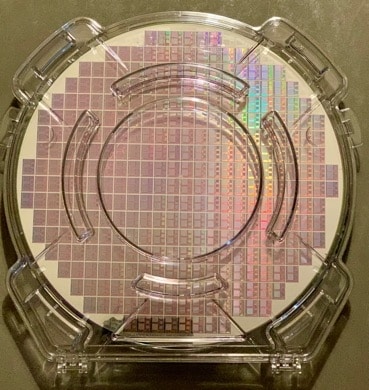
Complex equations can be used to investigate many of today’s major scientific issues, from large-scale climate science to nanoscale material modeling. However, the speed, energy consumption, and infrastructure of today’s digital computer systems are approaching their limit when it comes to carrying out these calculations.
With today’s computing techniques, data must be moved between memory and processing units whenever you wish to save information or assign a task to a computer. Larger volumes of data going through complex activities effectively create a “traffic jam” in processing.
One way traditional computing has aimed to solve this is by increasing bandwidth. Instead, A team of researchers, including University of Massachusetts Amherst engineers, has implemented in-memory computing with analog memristor technology. It can complete complex scientific computing tasks while bypassing the limitations of digital computing.
Their technique can avoid these bottlenecks by reducing the number of data transfers. It relies on an electrical component called a memristor, which controls the flow of electrical current in a circuit while also “remembering” the prior state.
Such a memristive circuit, arranged into a crossbar array, performs analog computing by employing physical rules in a massively parallel method, significantly speeding up matrix operation—the most common but energy-intensive calculation in neural networks. Rather than transferring data between memory and processor, the computing is done at the device’s location. Using the traffic analogy, the team compares in-memory computing to the almost deserted roadways observed during the pandemic’s peak.

Qiangfei Xia, a professor of electrical and computer engineering, said, “In this work, we propose and demonstrate a new circuit architecture and programming protocol that can efficiently represent high-precision numbers using a weighted sum of multiple, relatively low-precision analog devices, such as memristors, with a greatly reduced overhead in circuitry, energy, and latency compared with existing quantization approaches.”
“The breakthrough for this paper is that we push the boundary further. This technology is not only good for low-precision neural network computing but can also be good for high-precision scientific computing.”
The memristor resolved static and time-evolving partial differential equations, Navier-Stokes equations, and magnetohydrodynamics issues for the proof-of-principle demonstration.
Journal Reference:
- Wenhao Song, Mingyi Rao et al. Programming memristor arrays with arbitrarily high precision for analog computing. Science. DOI: 10.1126/science.adi9405










